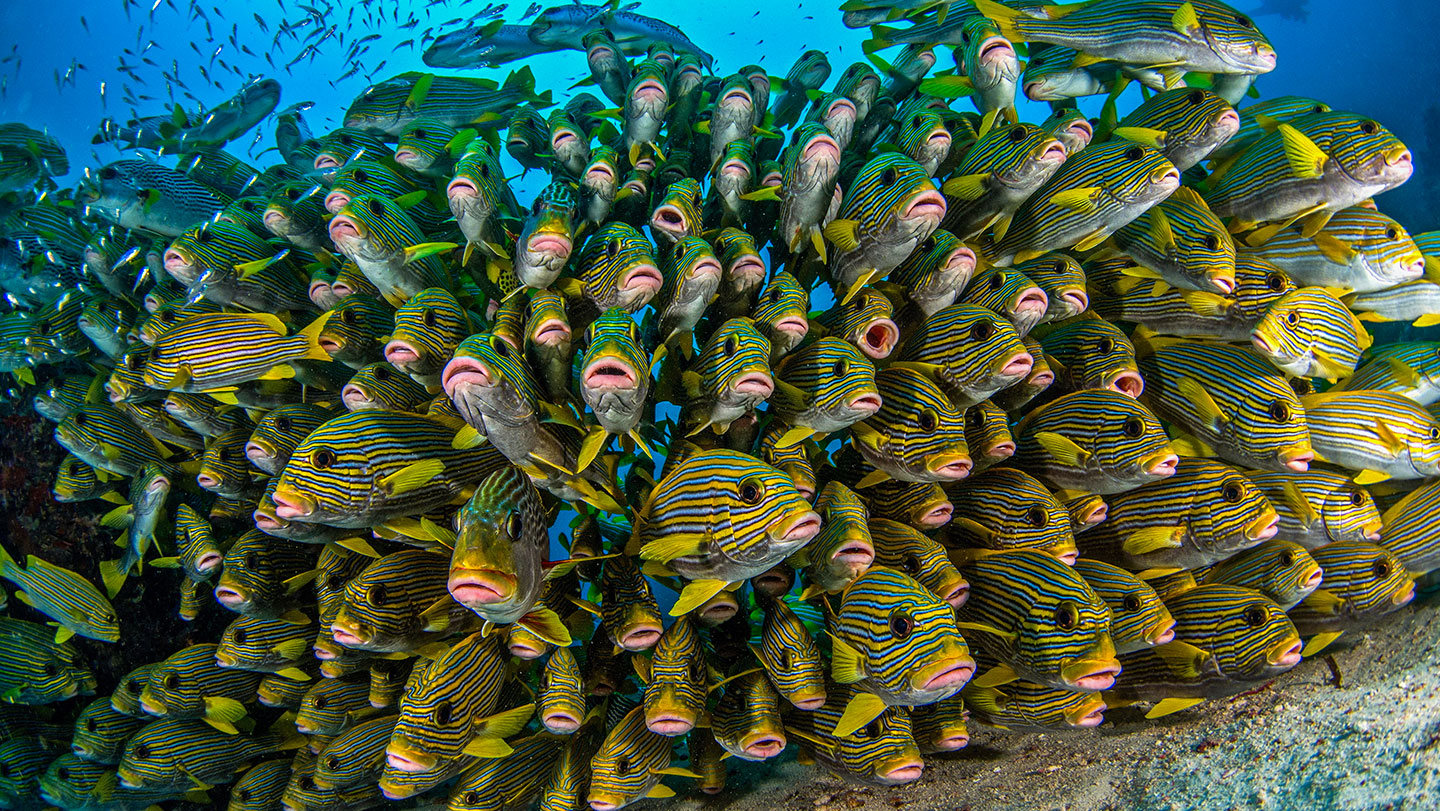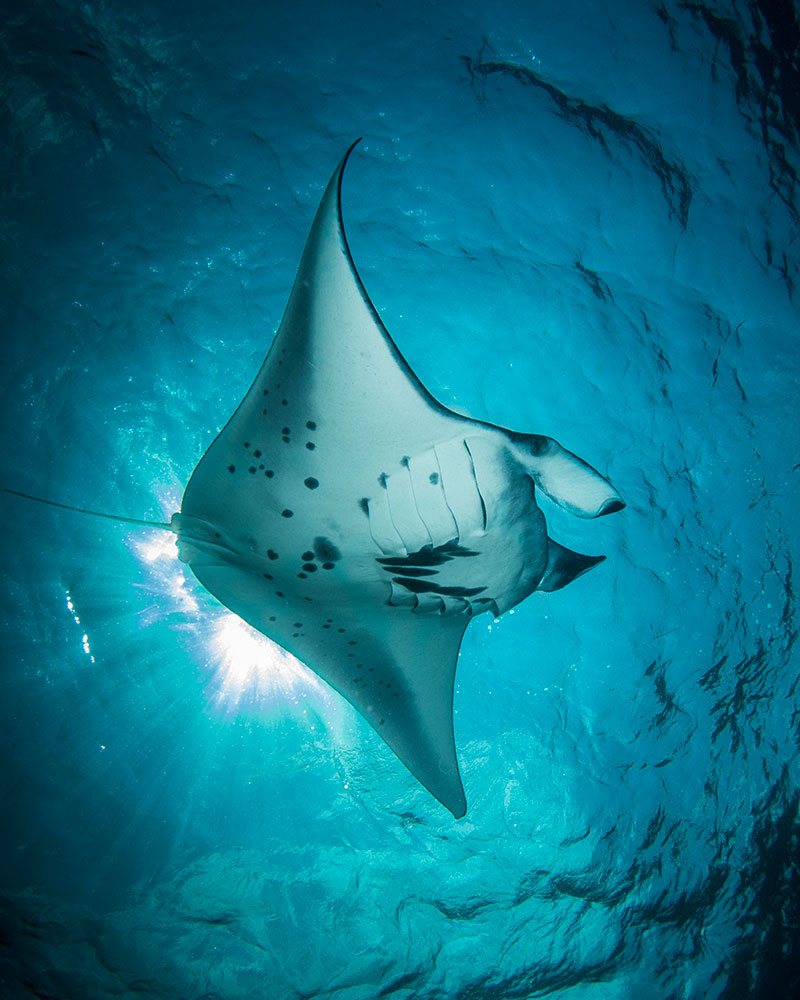
The Crown Jewel of Raja Ampat
Waigeo
The World’s Most Beautiful Island
Waigeo is the largest island in the Raja Ampat archipelago, located in the northern region above the Bird’s Head Peninsula of Papua, near the equator. The Sequoia Yacht navigates through 2.5 million acres of Marine Protected Area, which includes the Dampier Strait, Fam, Mayalibit, West Waigeo, and Kawe regions. Renowned for its stunning hard coral gardens and rich biodiversity, Waigeo is home to 75% of the world’s coral species, making it one of the most celebrated snorkeling and diving destinations globally. This vibrant marine environment supports sustainable tourism, benefiting local communities while preserving the area’s natural beauty.

Land
A Symphony of Flora and Fauna
“Libit,” meaning “bay” in the Papuan language, is named after the first settlers, the Maya. Mayalibit Bay is a semi-enclosed, shallow bay surrounded by limestone karst walls, separating inhabited West Waigeo from uncharted East Waigeo. Mount Nok, a buffalo horn-shaped peak at 948 meters (3,110 feet), dominates the landscape of lush cloud forests, waterfalls, and blue rivers. The area is rich in biodiversity, with 554 exotic plant species, including rare orchids, and 300 bird species, such as the endemic Red Bird-of-Paradise. At night, bioluminescent mushrooms light up the rainforest, while blue water mangroves serve as stopovers for migrating birds like the Great Black Cockatoo.

Sea
The richest reefs on earth
The Dampier Strait, named after British explorer William Dampier, marks the transition from the Pacific Ocean to the Indian Ocean, creating strong currents that nourish the fringing reefs and seamounts surrounding the islands of Waigeo. Here, you can observe schools of bigeye trevally, tuna, barracuda, and various sharks, along with reef and oceanic manta rays feeding on the sandy bottom. The coastlines are lined with seagrass beds that support sea cows and sea turtles, while underwater tunnels and caves provide habitats for Wobbegong sharks and giant clams. The Raja Ampat Archipelago is renowned for its remarkable marine biodiversity, featuring 699 mollusk species, 533 hard coral species, and 1,615 reef fish species.

Culture
Sustainable Traditions
The Omka, Betew, Maya, Bata, and Tepin Fiawat tribes have exclusive rights to manage 688,859 acres of Mayalibit, Dampier, Fam, Raja Ampat, and Kawe Marine Protected Areas. Currently, 38 indigenous villages practice sustainable fishing methods known as “Sasi.” These villages are accessible only by wooden jetties, where effortless scuba diving and snorkeling rival the beauty of the seamount sites. Local children and enthusiastic free-divers often join visitors to explore the fringing reefs beneath the jetties. Additionally, a prehistoric rock painting of a palm imprint can be seen on the sea cliff, believed to date back 40,000 years.

Waigeo Safari
Hard Coral Reefs to Rainforests at Their Finest
Spending time outdoors in North Raja Ampat is a lifetime experience, whether scuba diving with Black Manta or marveling at the vibrant hard corals and fish life in the Dampier Strait. You’ll encounter diverse shark species, including the unique Wobbegong Carpet Sharks. Start your day with paddleboarding or kayaking in hidden coves, and end with a magical night dive. Surface intervals allow visits to nearby islands or hikes to peaks for stunning views of the turquoise lagoons of Wayag or Paynemo, where you can swim with baby sharks or learn about sustainability. Rare visitors may even enjoy a celebratory dance. Additionally, the 3,155 km² forest of Waigeo is home to over 299 bird species, making it a paradise for bird watchers.
Service Excellence

Dedicated Concierge

Flexible Itinerary

